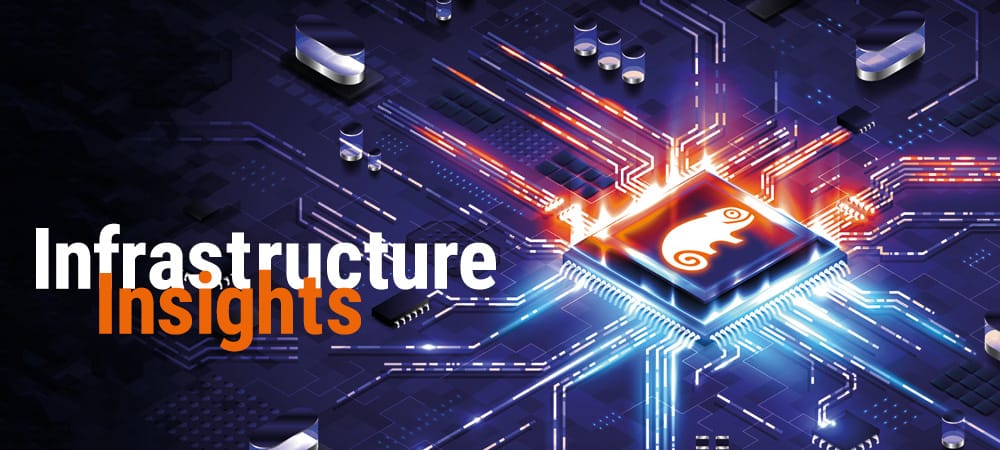With automation technology for safe and efficient migration


But any update that is not properly tested risks crippling sensitive end-to-end business processes. To reduce the risks associated with SAP updates, companies should rely on automation technology that takes a secure and predictive approach. Tricentis offers a comprehensive platform for this:
Thanks to functions for test automation and business impact analysis, companies can save manual as well as financial effort by using them. The modernization of the SAP landscape is a project that many companies hope to benefit from:
Users want to increase growth in the company, streamline business processes and ultimately gain an edge over the competition. A study conducted jointly by Tricentis and ASUG shows that 56 percent of all SAP users are planning to migrate their systems in the next two years, while 32 percent of customers are already in the process of doing so.
Barriers to SAP migration
As many opportunities as SAP migration brings, companies also encounter some obstacles in the various modernization initiatives. For example, many users have a backlog of ECC updates - some are five to six years behind. To take advantage of critical security patches and feature enhancements, SAP users need a way to securely and efficiently install many interim patches and service or enhancement packages.
Other aspects of a successful SAP migration include the deployment of SAP cloud solutions such as SuccessFactors, Hybris, Ariba or Concur, which simplify maintenance, for example, and the adoption of Agile/DevOps methodologies to enable faster release cycles. Users also plan to extend end-to-end business processes, linking their SAP landscape with other application packages.
For many companies, the migration to SAP S/4 Hana represents a milestone - a complex and lengthy process. In the process, they face two key challenges: On the one hand, their previous approach to delivering SAP updates cannot keep up with the pace demanded by modern enterprise applications. On the other hand, with each update, organizations run the risk of disrupting or even paralyzing day-to-day business operations.
Manual testing and hypercare phases
To ensure that business-critical applications continue to function smoothly, users test a software change before implementing it. The time-consuming and manual testing is usually carried out by the IT department. Since this has to be done in addition to their already heavy workload, software defects can sometimes pass undetected into production.
Users want to counteract this by following the go-live of an SAP update with a so-called hypercare phase. Experts stand by as a kind of fire department for a certain period of time, which can be up to three months.
An "all hands on deck" period thus pools a company's most expensive resources. They are able to provide support at any time, while users use the time to familiarize themselves with any changes and new functions of the update. More than 90 percent of SAP enterprise customers opt for this lengthy and expensive strategy, even though those very defects could be detected and avoided through thorough and automated pre-testing.
Taken together, manual testing and hypercare phases lead to a duplication of effort, while the risk of prolonged business interruptions remains. The time to value of an update is delayed while costs skyrocket. In the worst case, this could jeopardize the success of the entire project and, in the end, the company's ability to innovate.
Comprehensive solution for complex requirements
Users therefore need a special solution that makes SAP migration efficient and, above all, secure. On the one hand, it should allow for the earliest possible and most thorough risk and readiness assessment of the update, and on the other hand, it should be based on automation technology that reduces the manual effort required for software testing. Tricentis translated these two requirements into a comprehensive platform that provides SAP users with robust end-to-end automation coupled with AI-powered business impact analysis.
Test automation in any environment
Tricentis Tosca automation technology is based on a model-based, code-free approach, can be operated like a construction kit and is suitable for enterprise-wide use. This is because the solution enables any user, whether business expert or developer, to create end-to-end test cases - both in SAP and in other enterprise applications such as UIs, web services, ESBs, APIs, web UIs, mainframes or even Big Data.
This significantly reduces redundancies as well as coverage gaps of conventional test suites and the maintenance traps known from script-based automation. This is because tests that have already been automated remain intact even in the event of subsequent changes to the user interface. Additional functions such as test data management and service virtualization eliminate other causes of test delays.
AI-supported business impact analysis
The second component of the platform, Tricentis LiveCompare, on the other hand, provides automated impact analysis. The solution performs pre-release tests, for which it compares a company's current SAP configuration and usage with custom or standard SAP updates. It automatically analyzes what impact the change will have on the business: For example, SAP business processes, system integrations, user-specific code, security and governance may be affected.
Tricentis LiveCompare acts as a kind of intelligent targeting system, pointing out objects that are at high risk from an update and accordingly indicating exactly which aspects need to be tested. For example, if an update affects the "order to cash" process, LiveCompare identifies the changed object that poses the risk. The solution then determines the most efficient case to test this.
LiveCompare's approach has the dual benefit of reducing the number of necessary pre-tests by 85 percent by focusing testing precisely on those objects that are most at risk during an upgrade. At the same time, the number of errors that hit production is reduced - these can be reduced by 75 to 90, sometimes even 100 percent.
Conclusion: Creating space to drive innovation
With a comprehensive platform like Tricentis, SAP users reduce the risk usually associated with an SAP update or migration to SAP S/4 Hana. The features included in the solution allow companies to ensure that the number of business interruptions after the release is minimized even before the release of an update.
Downtimes are reduced and the release tempo and time to value of SAP initiatives are increased. Automation technology reduces the manual and financial effort and relieves the IT department. The IT department can return to its core tasks, while SAP users are empowered to act on their own in any environment. This allows companies to pursue the true goal behind every SAP initiative: Driving innovation and differentiating themselves from the competition.






